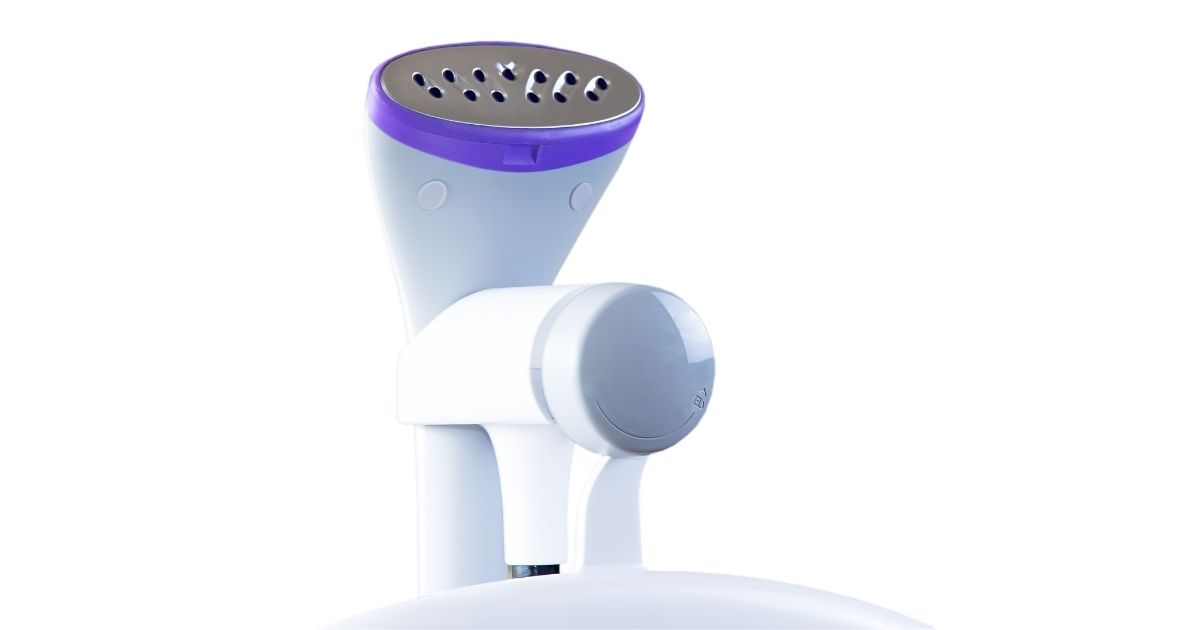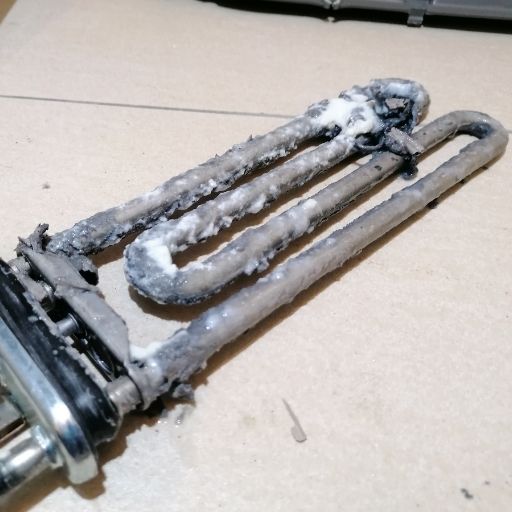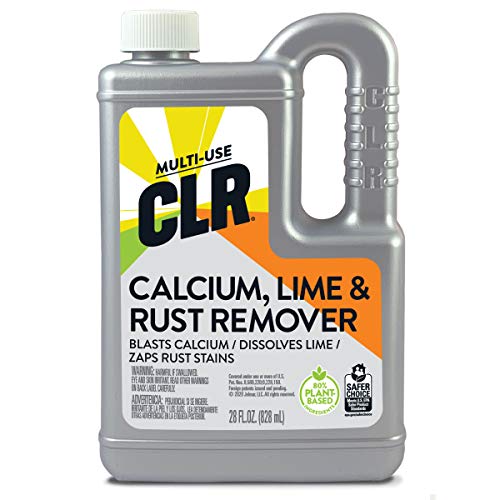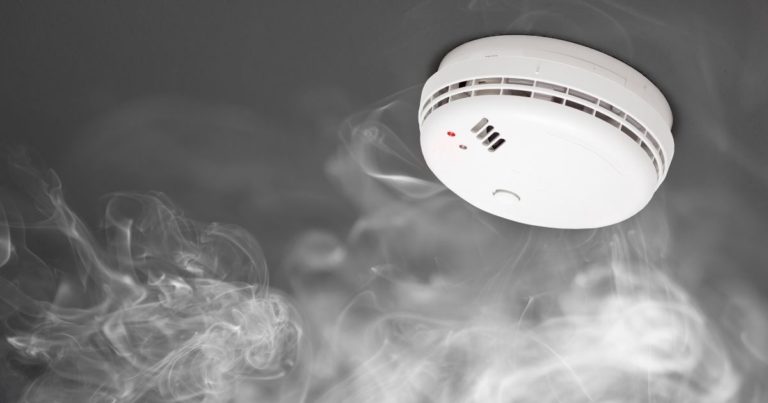How to Clean a Clothes Steamer

If you find your clothing steamer spitting water, not producing much steam, or no steam at all, it probably needs cleaning. Cleaning a clothes steamer requires descaling the build up from mineral deposits found in tap water.
A clothes steamer can easily be cleaned with a vinegar and water solution. Mix one third white vinegar with two thirds distilled water in the steamer tank and let your garment steamer run until empty. The vinegar will remove any build up that was causing your steamer to stop working.
I’ve outlined this in a step by step guide below, as well as other options on how to clean a clothes steamer.
How to Clean a Handheld Steamer
- If you have been using your handheld steamer, switch it off and unplug it. Remove the water tank from the handheld steamer (if possible) and discard any water.
- Fill the water tank with one third white vinegar and two thirds distilled water.
- Reconnect the water reservoir to the handheld steamer.
- Plug the steamer back in and turn it on.
- Let the steamer run until the water is empty. Ensure you don’t leave the clothing steamer unattended whilst it is running. I also recommend having a window open during this process (unless you love the smell of white vinegar!).
- Watch the steamer to see if the quantity of steam increases as the vinegar and distilled water solution runs through. As handheld steamers do not hold a lot of water, you may need to repeat this process several times.
How to Clean a Standing Steamer
If you have a standing steamer with a removable water tank, the process will be very similar to a handheld steamer above:
- Disconnect the standing steamer from any electricity source.
- Remove the water tank and discard any unused water.
- Fill the water reservoir with one third white vinegar and two thirds distilled water. Make sure you don’t overfill the tank – only fill it up to the recommended water amount.
- Reconnect the water tank to the clothing steamer.
- Plug the steamer back in and turn it on.
- If your steamer has multiple steam settings, select the highest output of steam.
- Let the steamer run until the water tank is around 1/3 full. See my note above about doing this near an open window!
- Never leave the steamer unattended whilst it is running. Watch the steam output, which should improve as more of the vinegar and water solution runs through it. If the steamer still isn’t operating correctly, repeat the vinegar and water solution again until the steam is running freely through the steamer.
- Once the water tank is low, switch off the steamer and unplug it.
- Remove the water tank again and discard the remaining vinegar and water solution. I recommend pouring the leftover water in your garden, particularly if you have plants that love acidic soils such as rhododendrons, gardenias, or azaleas.
- Rinse the water tank with fresh, clean tap water and discard this also.
- If you are ready to use your standing steamer now, refill the water tank with distilled water. If not, ensure the tank is dry and store your steamer for when next needed.
Your garment steamer should now be steaming freely, cleared of any blockages and operating well. Make sure the hose is always clear with no kinks or twists that may cause water to become trapped.
How to Clean a Steamer Without a Detachable Water Tank
If you have a professional or commercial clothing steamer that heats the entire water tank up at once, the cleaning process is slightly different.
To clean a commercial steamer, you can use a stronger solution of white vinegar and distilled water, up to 50% of each. Here are the steps:
- Turn off the clothing steamer and unplug it from the power outlet. If you have been using the steamer, leave it at least 60 minutes to cool down.
- Once the steamer has cooled down, empty an remaining water from the reservoir.
- Fill the water tank with 50% white vinegar and 50% distilled water (up to the maximum fill line).
- Reconnect the power to the steamer and turn the steamer on.
- If your steamer has multiple steam settings, choose the highest steam setting.
- Run the commercial steamer until around 50% of the vinegar and water solution has steamed.
- Turn off the steamer and allow the remaining vinegar and water solution to sit in the tank for around 60 minutes. This will give the vinegar time to work its magic in descaling the heating element.
- After the 60 minutes has passed, and if the water is cool enough, drain the water reservoir of the remaining vinegar and distilled water solution. I recommend pouring the leftover water in your garden, particularly if you have plants that love acidic soils such as rhododendrons, gardenias, or azaleas.
- Partially refill the water chamber with distilled water, plug the steamer back in and turn it on. Check that it is now steaming efficiently. If not, you may need to repeat the process.
How to Clean a Steamer Without Vinegar
What you use to clean your clothing steamer will depend on the style of steamer you have. If you have a steamer with a boiler that heats all of the water at once, you can use commercially made products to descale the heating elements. These are products such as:
- Three 10 ounce bottles
- Removes hard water scale from the internal workings of Jiffy Steamer products
- Specially formulated for Jiffy Steamer products
- Use every 3 to 6 months
Prices pulled from the Amazon Product Advertising API on:
Product prices and availability are accurate as of the date/time indicated and are subject to change. Any price and availability information displayed on [relevant Amazon Site(s), as applicable] at the time of purchase will apply to the purchase of this product.
- DESCALING SOLUTION: This professional grade cleaner will remove limescale and calcium buildup.
- LIMESCALE REMOVER: Use on household items as a solution for your toughest kitchen maintenance.
- EASY TO USE: To descale a household appliance, read instructions in the appliance operating manual.
- VERSATILE: Clean a coffee machine, descale a kettle, and make a shower head shine with one bottle.
Prices pulled from the Amazon Product Advertising API on:
Product prices and availability are accurate as of the date/time indicated and are subject to change. Any price and availability information displayed on [relevant Amazon Site(s), as applicable] at the time of purchase will apply to the purchase of this product.
- Industrial Strength, non-toxic, multipurpose cleaner designed for bathrooms or kitchen-related surfaces. It breaks down calcium, lime and soap scum to leave behind a streak-free shine
- Fast Acting: Quickly removes calcium, lime and hard water deposits, soap scum, discoloration and dirt.
- Multi-Purpose: Versatile cleaner for home or office surfaces. Use on ceramic tile, glass, stainless steel, faucet and shower fixtures, shower doors, fiberglass, toilet bowls and sinks
- EPA-Certified: CLR Calcium, Lime and Rust Remover is part of the EPAs Safer Choice Program recognizing the product as a safer alternative to chemicals and contains no phosphates, ammonia or bleach. Safe to use around kids and pets
Prices pulled from the Amazon Product Advertising API on:
Product prices and availability are accurate as of the date/time indicated and are subject to change. Any price and availability information displayed on [relevant Amazon Site(s), as applicable] at the time of purchase will apply to the purchase of this product.
If you have a clothing steamer with a removable water tank, please refer to the instructions in your user manual or try the vinegar and water solution before you purchase a commercially made descaler. Please note that the Jiffy Steamer Liquid Cleaner is not intended for use whilst the steamer is running.
Do not purchase this if you have a handheld or standing steamer with a removable water tank. It will be of no use to you.
Maintenance of Your Clothing Steamer
Clothes steamers are intended to simplify your life. If used appropriately, your clothing steamer shouldn’t require a lot of maintenance.
We can’t stress enough the importance of using distilled water in your clothing steamer. Even if your clothing steamer manufacturer states you can use tap water in your garment steamer, we still recommend using distilled water.
You will not need to clean your clothing steamer as much (if at all) by using distilled water.
As an owner of a standing steamer, handheld steamer and a commercial clothing steamer for the last 7 years, I very rarely clean these steamers, as I have only ever used distilled water.
They do not spit or have any deposit build up. Unlike tap water, which can do this:

I also don’t empty the water out of the clothing steamer after use. I simply leave it there for next time, and they’re still going strong. Please note it is not recommended to leave the water in your steamer, and if you’re storing your steamer for some time definitely empty it. I use mine regularly, so the water remains fresh.
Why is my Clothes Steamer Spitting Water?
The reasons your clothing steamer may need cleaning is if you use tap water in your steamer. If you are in a hard water area you may need to clean your steamer more often.
Calcium and other minerals in tap water cause build up inside your steamer and may cause problems such as ineffective heating, blockages, spitting water and reduce the life of your clothing steamer.
Further Information
If you have a Jiffy Steamer, Conair Steamer or Rowenta Steamer, there are specific guides issued by the manufacturers on how to clean a clothes steamer. You can find them here:
- How to Clean a Jiffy Steamer
- How to Clean a Conair Steamer – coming soon
- How to Clean a Rowenta Steamer
- Can You Use a Steam Mop On Karndean Flooring? - June 19, 2024
- How To Clean Unsealed Concrete Floors - June 7, 2024
- How to Clean Stamped Concrete - June 7, 2024










